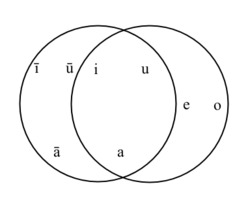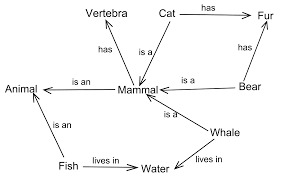LANGUAGE
Language is communication by means of speaking, writing, or signing with our hands and is based on a system of symbols. Language is greatly varied throughout the world, but all languages share a common set of rules to keep them in order. The five rule systems of language are explained below.
(We can think of language as an iceberg: we see only the tip of the ice, but there is much more below the surface.)
Language is the ability to produce and comprehend spoken and written words; linguistics is the study of language.
Key Points that are easy to understand about language
- Grammar is a set of rules for generating logical communication.
- All languages have grammar, and native speakers of a language have internalized the rules of that language’s grammar.
- Every language has a lexicon or the sum total of all the words in that language.
- Phonetics and phonemics are the studies of individual units of sound in languages.
- Morphology is the study of words and other meaningful units of language.
- The syntax is the study of sentences and phrases, and the rules of grammar that sentences obey.
- Semantics is the study of sentence meaning; pragmatics is the study of sentence meaning in context.
Language is the ability to produce and comprehend both spoken and written (and in the case of sign language, signed) words. Understanding how language works means reaching across many branches of psychology—everything from basic neurological functioning to high-level cognitive processing. Language shapes our social interactions and brings order to our lives. Complex language is one of the defining factors that make us human. Two of the concepts that make the language unique are grammar and lexicon











